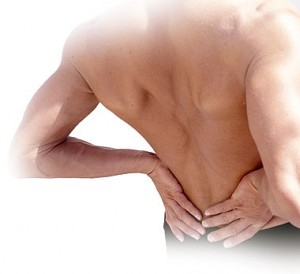Hypermobility syndrome is an ailment of the connective tissues of the body which is defined by an extreme mobility and variability of the joints. It affects the smooth muscles in the female genital system, the joints along with the cardiac tissues and the gastrointestinal system of the females.
It is a condition that features joints that move beyond the normal range for a particular joint. Generally, it is a benign condition. It is sometimes called a “loose joints” and the affected person is called “double jointed.
Symptoms of hypermobility syndrome

- At first, clicking sound can be heard on the affected joints
- Pain and stiffness in the joints and muscles especially at the end of the day and after performing physical activities.
- Extreme tiredness or fatigue
- Back pain and neck pain
- Poor coordination
- Night pains that disrupts sleeping
- persistent dislocation of the joints such as dislocated shoulder
- persistent injuries on the soft tissue such as sprains and sports injuries
- Weaknesses in the connective tissues throughout the body.
- Weakness of muscles of the pelvic floor that result to instability of the bladder and stress incontinence.
- Low blood pressure, feeling faint
Treatment
- Take the suggested anti-inflammatory medications to alleviate the pain and the inflammation.
- Elevate the injured area above the level of the heart to lessen the swelling. Another alternative is raising the affected area in couple of pillows to keep it elevated. Avoid stressing the area on the first 24-48 hours for fast healing of the condition.
- Apply heat to the affected area in the form of a hot water bottle or a heating pad for at least 15-20 minutes at a time. Set the heating pad on a low or medium heat to prevent burn and worsen the condition. Heat will lessen the pain in the affected area. Another alternative is using cold compress or ice pack on the area for at least 10 minutes to lessen the swelling and the pain. Another alternative is using a bag of frozen vegetable such as corn or peas are good for the condition. Whatever cold or heat therapy is used, wrap it using a towel or a piece of cloth before placing to the area to prevent further damage and worsen the condition.
- Get plenty of sleep for fast healing of the injuries in the joints and strengthen the area.
- Maintain a healthy weight to prevent excess stress placed on the joints. Eat a variety of fruits and vegetables, whole grains, healthy oils every day.
- Perform regularly low impact exercises such as swimming and biking are good for the condition.
- Keep the body well hydrated such as drinking at least 8-10 glasses of water every day.
FACT CHECK
https://www.nhs.uk/conditions/joint-hypermobility-syndrome/
https://www.medicinenet.com/hypermobility_syndrome/article.htm

